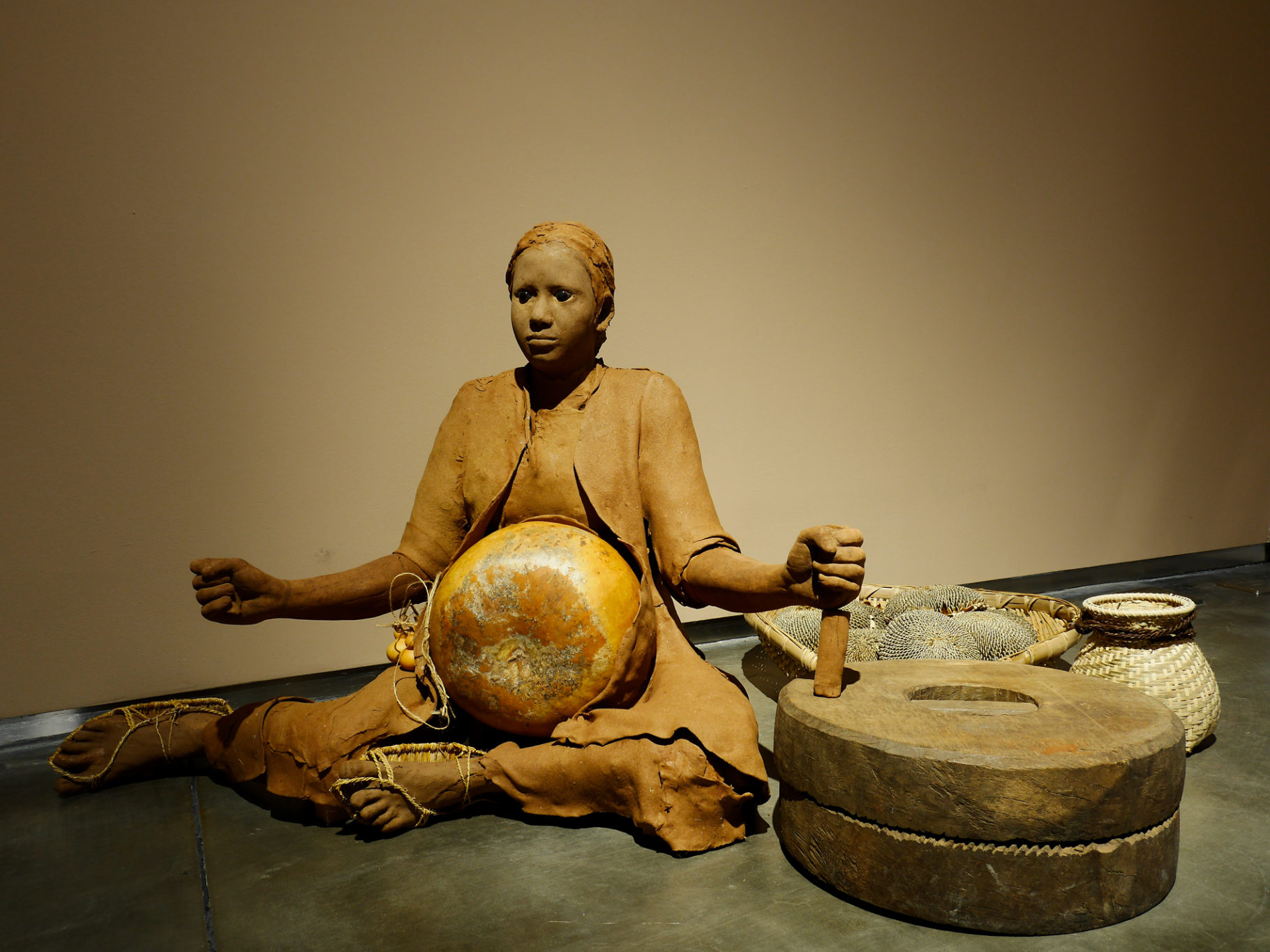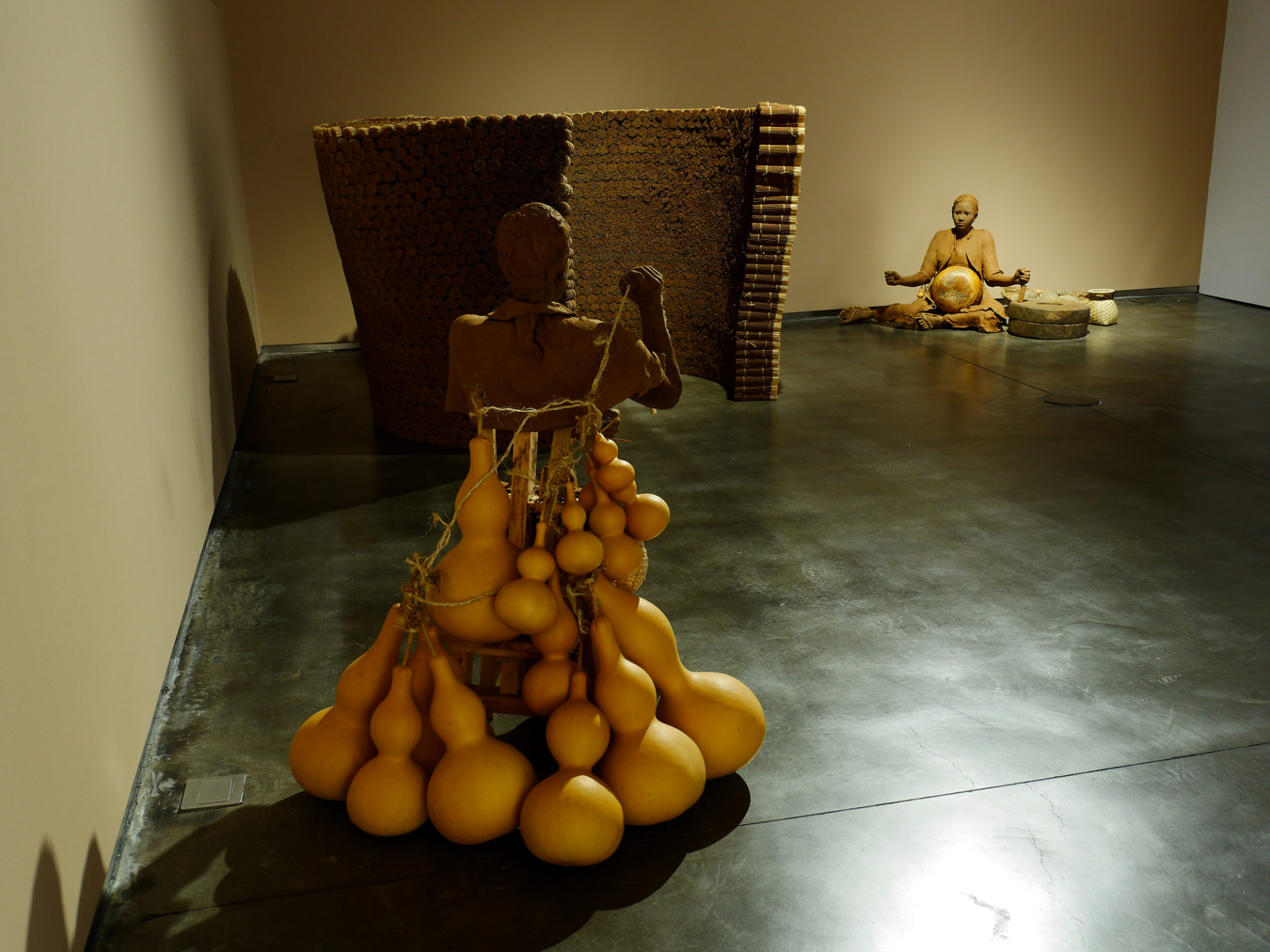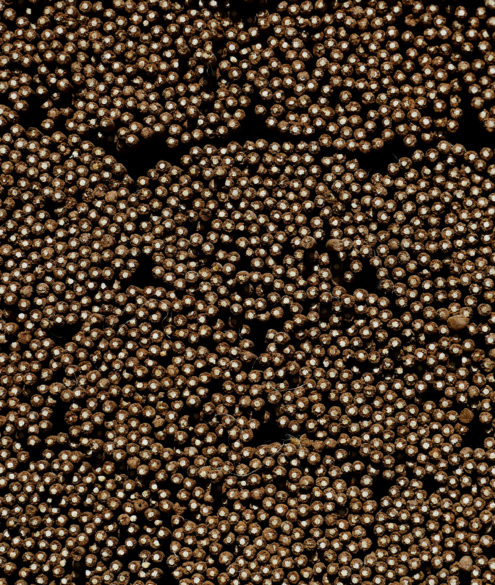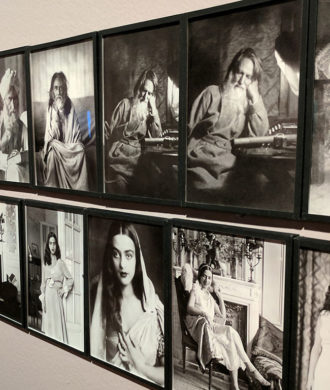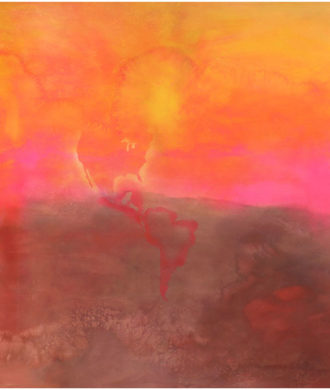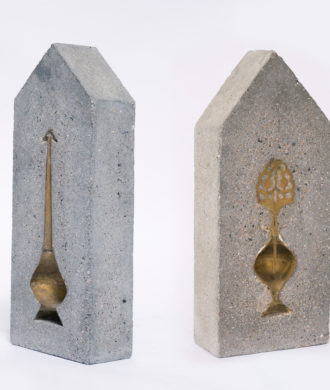Benitha Perciyal, Naan Oru Penn, Yen Yennam Aayiram
AN ARTIST WHO HOLDS THE VIEWERS GAZE AND MEMORY HOLDS UNIMAGINABLE POWERS. BENITHA’S GROWING OEUVRE IS EXCITING FOR THOSE VERY REASONS.
Her work is deeply feminine and sensory. Femininity that conjures up visions of power and purpose. Of a delicate hand that can deal a stunning blow. My first impressions of her work with portraiture were lasting. Seeds and other nurtured oddities from nature drew a telling self-depiction. Her cascading strings of cloves devoured one’s senses. Under each perfectly weathered skin, her art had spice! Ephemeral fragments of whimsical beauty strung, stickered, sandwiched on to surfaces to craft a natural composition. Her art resonates like the torrid depths of still waters. Her nuanced exploration of gender, identity, heritage shapes her art and her nature inspired palette. Her apothecarian turn is not new but the strength of her determined voice is louder than ever. In this series, the morbid fixes a deep, soulful gaze at the audience, all the while, reeking of enticing aromas of childhood memories and long-forgotten lands to sensuously startles you in to submission. It’s an artful alchemy of seduction amidst the lasting memory of impermanence.
In this exhibit
frankincense, myrrh, cinnamon, cloves, lemongrass & cedar wood essential oils, gourds, sunflower seeds, collected and found objects.
Her work
Naan oru penn, yen yennam aayiram
(Me a woman, my thoughts a thousand )
The artist states, “In the agony of a mother’s impossible tasks, in the searing limestone yellow that birthed this culture, in the midst of fairies who breed silkworms, in fields of rolling millet dancing in the laps of this Ancient Motherland, and in this country whose bamboo-like uprightness is where the soul and the passion now reside. The smoke that rises from the incense burnt at the altar of worship seeks to not only mysteriously link many a worshipper with his or her ancestor in a language uncorrupted by time or age but also imparts energy, revives the soul, and has the power to mystically weave a certain religiosity with culture together. The numerous unanswered questions lay on the altar and the rituals of worship often transcend religion. They belong to the realm of philosophy, as the soul never dies a death. It simply finds its way home. Where does life take on form? Where does it reside? Isn’t being and nothingness the same in Genesis? How then does expression bring to life this nothingness, this state of being? This understanding is the finest of the finest. Being alludes to emptiness, with emptiness itself being the dregs. I travel with all of my primary nature, my intrinsic being. To travel afar is to really return home. Until darkness itself lifts up tenderly, can someone snare and tie down light?”
